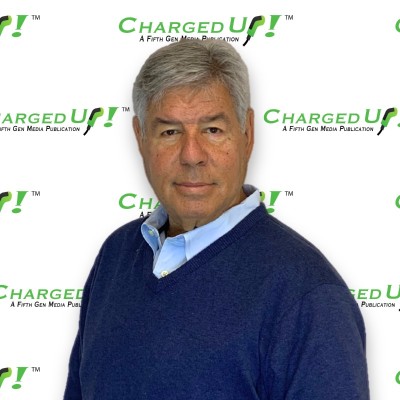When the Music Stops: Make Sure You Have a Plan In Case Your CPO Craps Out
- Rich Berliner

- Oct 8
- 3 min read
A string of tough headlines hit at once: Enchem canceled a $152 million battery-materials plant, Acura stopped production of its ZDX EV, and EvoCharge shut down—leaving some site owners with chargers but no network or software. None of this means electrification is over. It means the market is maturing. Like the PC, internet, and social-media booms before it, not every player survives. The job for managers now is to build a plan that works through vendor churn, not only when the wind is at your back.
What do these headlines really signal? Suppliers are re-running the math on U.S. manufacturing, automakers are pacing model launches toward hybrids and lower-cost EVs, and a few software/hardware brands are exiting. It’s painful if you’re directly affected, but it’s normal in an early industry. Demand for convenient charging isn’t going away; the mix of companies providing it will keep changing.
Single Vendor Dependence Can Mean Disaster
For commercial real estate owners, investors, CPOs, and property managers, the practical risk is single-vendor dependence. If your charger only works with one company’s cloud, that company’s problems become your problems. Buy portability, not just metal in the ground. Choose hardware that follows widely used industry standards so it can be switched to a different network without replacing the pedestal. Make sure you can export your data—site settings, prices, driver lists—and that the unit can still dispense power if the cloud blips (cards queue, whitelists work, sessions continue). Those simple choices turn a shutdown from a crisis into a weekend cutover.
Write contracts for continuity. Include step-in rights (you or a designated operator can take over software/O&M if a vendor fails), clear access to critical spares and firmware, and service levels tied to what drivers feel—first-try starts and time-to-repair—not vague “uptime.” Keep initial terms short with renewal options you control. If a supplier looks thinly capitalized, ask for a performance bond or parent guarantee.
Software is the Key
Pick state-of-the-art software like your business depends on it—because it does. You want a platform that is hardware-agnostic and API-friendly so you can add sites and swap vendors without starting over. It should manage energy (set a monthly demand-charge cap and automatically pace charging to stay below it), boost utilization (smart queuing, idle alerts, easy price changes), simplify access (tap-to-pay, roaming with major apps, Plug & Charge where supported), and harden reliability (edge control so sessions continue if the cloud is down; store-and-forward payments; real-time alarms into your help desk).
Ask for clean dashboards and one-click reports your property team can actually read. If you’re evaluating platforms—DynaChrg is one example—here's your evaluation criteria: open, portable, resilient.
“Software needs to be dynamic, flexible, and modular. This means the platform provides efficient and scalable management, whether you have a smaller deployment with a dozen chargers, multiple locations, or an entire fleet,” said DynaChrg Executive Vice President Allan Rakos.
Financial Planning
Build financial resilience into each site. A modest on-site battery (think “few hours,” not a power plant) won’t fulfill all your energy needs, but it will shave your biggest spikes on busy days and keep your utility bill predictable while traffic grows. Pair that with simple, transparent pricing—especially off-peak—to build customer habits.
Fleet customers are your stability play: give municipal, utility, and last-mile operators guaranteed access windows and fair pricing bands, and they’ll give you dependable kWh demand to smooth out the month.
Know your incentives. In Colorado, for example, the Vehicle Exchange Colorado (VXC) rebate is taken at the dealership (point-of-sale) for income-qualified buyers trading in older gas cars—instant help on the buyer’s worksheet—while the separate state EV income-tax credit is typically captured at tax filing. That mix keeps payments lower in supportive states and helps stabilize sessions near those markets. Rules vary, so check current terms.
Site chargers like an operator, not a speculator. Favor feeders and substations with capacity and funded upgrades where there’s available capacity, over the perfect coffee tenant on a constrained line. Start right-sized: trench and conduit for the future, energize a smaller number of ports today, and add hardware as utilization builds. That protects capital if a particular vehicle or vendor disappears.
Bottom Line
The levelheaded, long-term approach is simple: bet on standards, portability, contractual continuity, and predictable costs. Anchor with fleets, build where people already go, and keep your software flexible enough to outlast brand churn. If you do that, the next closure or product pause won’t derail your plan—it will validate why you designed it to be durable in the first place.




Comments